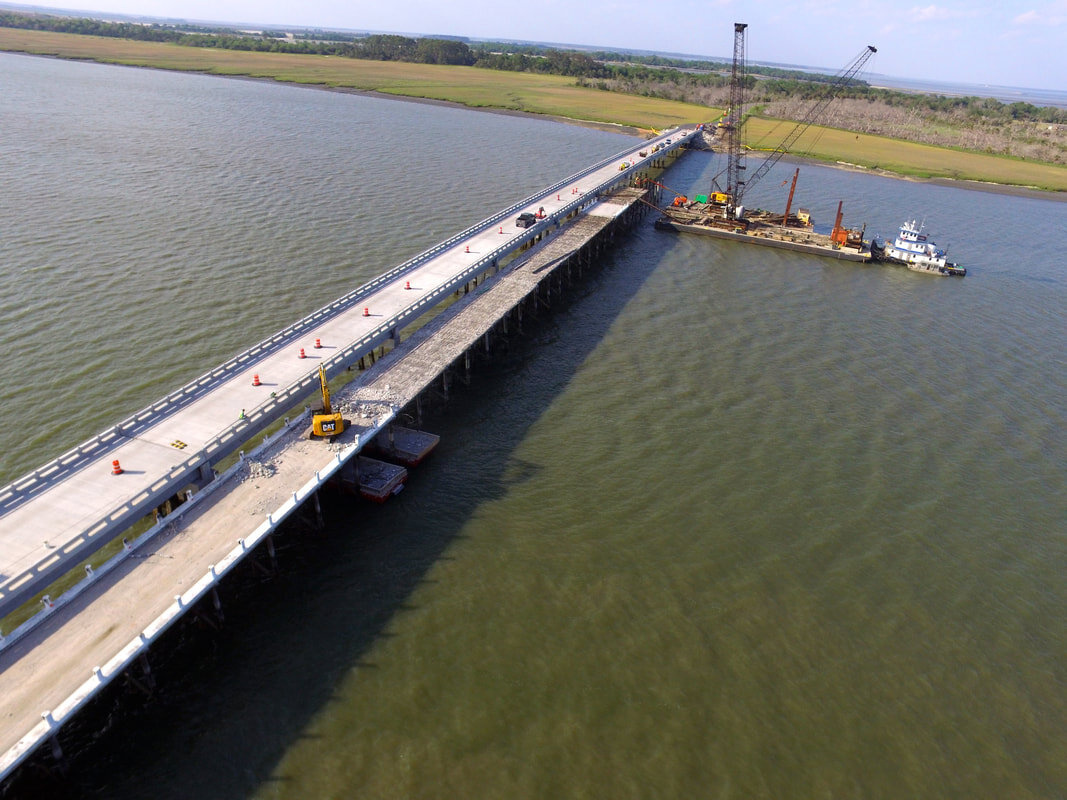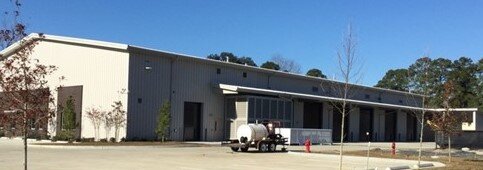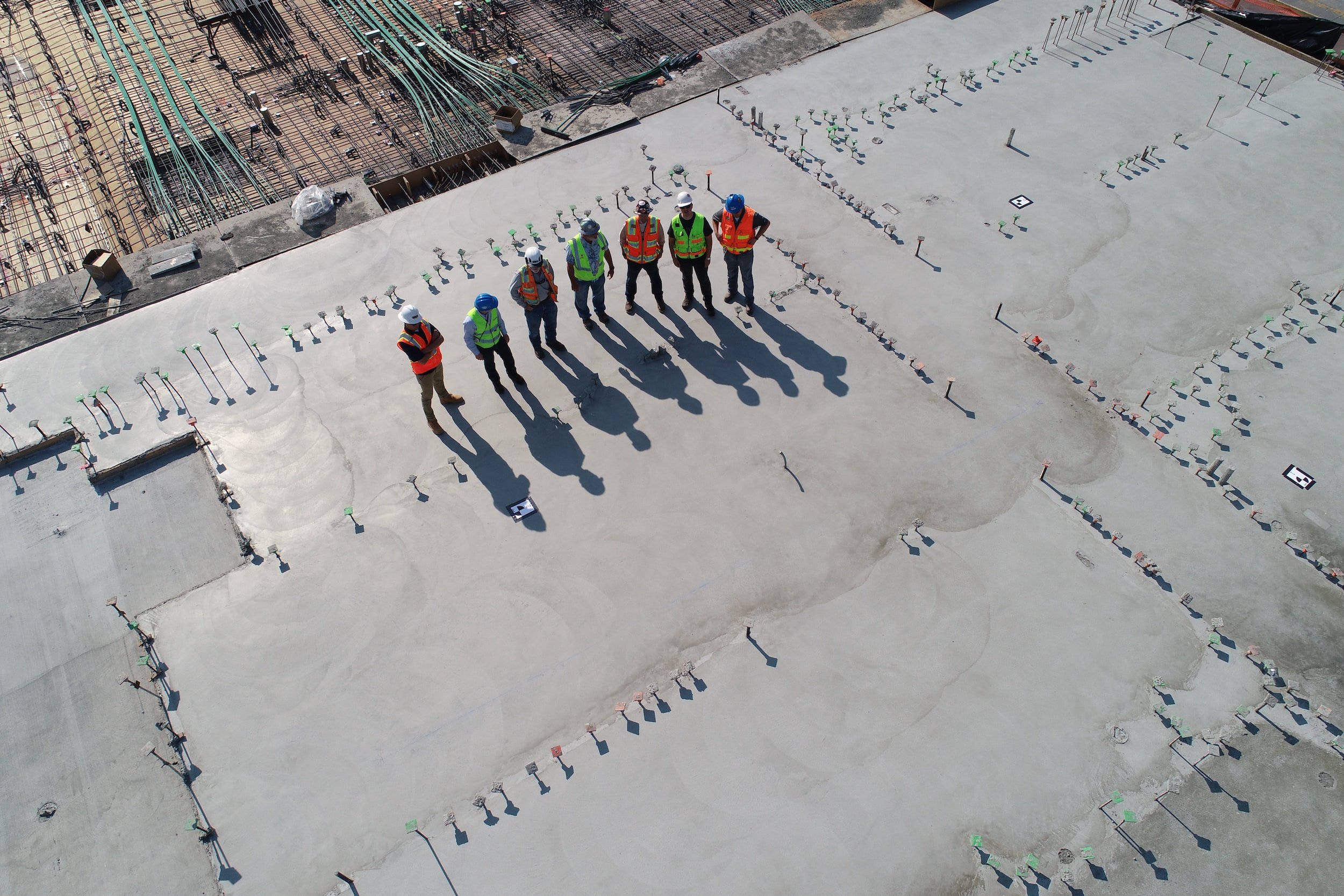
knowledge of LOCAL soil conditions
Our geotechnical engineers and technicians understand that you need us to evaluate, assess and submit reports about local site conditions in an accurate and reasonable time frame.
Our vast experience and understanding of regional geology allows our team to provide clients with innovative and practical solutions to their pre-design or pre-construction challenges.















Geotechnical Reports and Services
-
Geotechnical due diligence and site selection findings evaluate the geological and geotechnical conditions that factor into future development feasibility and costs, shielding potential buyers from problem sites with hidden subsurface issues.
Designers use these reports to check the feasibility of conceptual designs for infiltration systems and foundations and to provide estimates for construction costs.
-
These investigations help determine the design and estimated costs associated with structural foundation, suitability of existing soils and the design for pavement selection for future structures.
The study includes information about the physical properties of the underlying soil including rock, historic fill, unsuitable organic layers, seasonal groundwater and/or buried debris.
-
Borrow source evaluations address the physical and chemical characteristics of the soil and aggregates used in landfill construction, operation and closure.
Our vast experience and understanding of local and regional geology, climate, construction practices, and availability of construction materials enables us to balance project risk and cost when providing geotechnical engineering recommendations.
-
For commercial, industrial and/or structures that will generate large dynamic loads, proper seismic site classification is critical.
Knowing the soil site class is mandatory in order to comply with the International Building Code (IBC) or Uniform Building Code (UBC), and National Earthquake Hazards Reduction Program (NEHRP). Soil site classes range from (A) hard rock to (F) soft clay or swamp muck. Unknown sites default to (D).
Construction based on an overly lenient site classification can lead to safety and liability problems. Construction based on an overly cautious site classification can lead to unnecessary construction costs.
-
Complaints and claims may be avoided or limited through pre-condition crack surveys.
For construction projects that create vibrations, nearby structures can be affected. Conversely, adjoining property owners are often unaware of pre-exisiting cosmetic anomalies or defects of their buildings. Once construction begins it is easy for the property owner to perceive the damage as being caused by the new construction.
Pre-condition crack surveys are a systematic, visual documentation of the existing condition of a structure and documents the type, direction and extent of any pre-existing cracks before construction begins.
In the unlikely event of a damage claim, the documentation of a pre-condition crack survey is a crucial piece of evidence in court.
-
Geotechnical forensic evaluations are also routinely performed post-construction to determine possible causes and/or how to properly address any recognized issues. Possible issues and/or causes may be:
Expansive, corrosive or collapsible soils
Settlement of shallow and deep compacted fill soils
Moisture Intrusion below slabs
Sulfate exposure
Site runoff and drainage
Roadway and parking area pavement failures
Slope stability failures
Foundation failures
Excavation failures
Differing site condition disputes
Underground pipeline failures
Subsidence
Retaining wall failures
Construction vibrations
Liquefaction
Geotechnical Field Services
-
High strain dynamic testing is conducted on driven and cast in place piles so that results analysis can provide estimated pile capacity, including the base resistance and the resistance distribution along the pile shaft.
We currently have two of the newest Pile Dynamics PDA system (8G) with remote access ability (Verizon Mifi service needed for remote access).
With remote access, we have a field engineer on-site to attach the gauges and set up the computer. Once everything is set up in the field, our engineer in the office dials into the computer to monitor the data being collected during pile driving.
After the pile is driven, the data is immediately downloaded so that the office engineer can start generating the report for submittal to GDOT. We can provide PDA reports the same day and generally by noon the following business day
-
We perform load tests on all types of piles. Two types of basic load tests, quick and long term are routinely performed for each type of pile loading, i.e. compressive, tension and lateral.
-
Plate Load Testing utilizes a hydraulic jack to apply a load to plates. The deflection of the plates is recorded by digital gauges and the applied force is recorded.
The results are used to estimate the CBR or Subgrade Modulus of the near surface soils to calculate foundation or pavement design criteria or verification.
-
The shear wave velocity (Vs) of the subsurface is an important parameter for calculating liquefaction potential, site amplification and site classification.
The (Vs) can be measured directly in boreholes using downhole and crosshole shear wave tests, or with shear wave reflection surveys.
Shear wave velocities can also be measured indirectly using Multi-channel Analysis of Surface Waves (MASW), Refraction Microtremor studies (ReMi), and Horizontal to Vertical Spectral Ratio measurements (HVSR).
-
Ground disturbances and placement of fill in embankments can cause settlements in adjacent structures and subsidence of underlying soils.
The magnitude of settlement is an important factor as early detection can allow for corrective actions to rectify the settlement.
Under embankments settlement monitoring is performed using settlement plates, which are installed at existing ground level under an embankment and are frequently monitored. This can provide an indication of the significance of settlement loads.
Settlement plates are a simple, effective and accurate method to ensure settlements are tracked continuously before thresholds are reached.
-
The integrity of any structure relies on proper engineering. However, remodels, geotechnical factors, material decay, and external events such as nearby construction, earthquakes, floods, wind and snow are changing forces throughout the lifecycle of a structure.
Structural crack monitoring is an important component of building maintenance and safety. Using a combination of specialized crack visualization tools, early changes to structures can be detected.
-
Put simply, vibration is a rapid back and forth motion.
Construction activities cause vibrations which generate different body and surface waves. A few examples of sources of construction vibrations are pile driving, compaction, excavation, demolition and pavement applications.
Vibrations also occur naturally. A few examples of sources of natural vibrations are earthquakes, landslides, avalanches, wind and others.
These waves travel through the soil or rock medium, affecting adjacent structures and can cause structural damage on buildings, such as cracking of foundation walls and masonry elements.
Vibration monitoring can be implemented for risk management, legal defense, protection of sensitive structures, liquefaction, construction control, compliance, safety and failure warnings, problem recognition and mitigation and more.
-
Soil resistivity calculations and measurements are crucial when designing earthing installations.
The aim of a grounding system is to set up a shared reference potential for the building structure, power supply system, electrical conduits, solar fields and the instrumentation system. To achieve this objective, a suitable low resistance connection to earth is desirable.
However, this can be difficult to achieve and depends on a number of factors most notably in this area geological conditions and the groundwater table.
-
We provide noise services including prediction, measurement and monitoring.
We also offer:
Attended or remote monitoring surveys
Analysis and presentation of results
-
Standard Penetration Test (SPT) is a procedure widely used in determining the relative density and angle of shearing resistance of cohesionless soils and/or the strength of stiff cohesive soils.
For this test, a borehole is drilled to the sampling depth. The split-spoon sampler that is attached to the drill rod is placed at the testing point. A hammer drives the sampler into the ground until reaching refusal depth.
The results, with corrections, are used to estimate the geotechnical engineering properties of the soil.
-
The cone penetration or cone penetrometer test (CPT) are a quasi-static penetration test, meaning that the cone is pushed at a slow rate rather than driven with a hammer or rotary drilling.
In the CPT, a cone on the end of a series of rods is pushed into the ground at a constant rate, and records measurements that are made of resistance to penetration of the cone and also records the resistance of the surface sleeve on the cone.
The “tip resistance” is determined by the force required to push the tip of the cone and the “sleeve friction” is determined by the force required to push the sleeve through the soil. The “friction ratio” is the ratio between sleeve friction and tip resistance, measured as a percentage.
Soil type and therefore resistance to liquefaction can be derived from the measurements taken.

schedule a service.
Email us with any questions or to schedule services from our Geotechnical Engineers or Geotechnical Technicians.
Our geotechnical engineers and technicians design, investigate, assess, evaluate and monitor subsurface soil conditions for foundations, retaining structures, embankments, roadways, towers, bridges, landfills and more.
PRE-CONSTRUCTION Our vast experience and understanding of regional geology allows our team to provide innovative and practical solutions to your pre-design or pre-construction challenges. They identify how specific soil conditions will impact development costs and include site selection, borrow source evaluations, site-specific seismic evaluations, and pre-condition crack surveys.
POST-CONSTRUCTION Geotechnical investigations are also routinely performed post-construction to determine possible causes for recognized issues such as cracking and/or failure caused by settlement.
